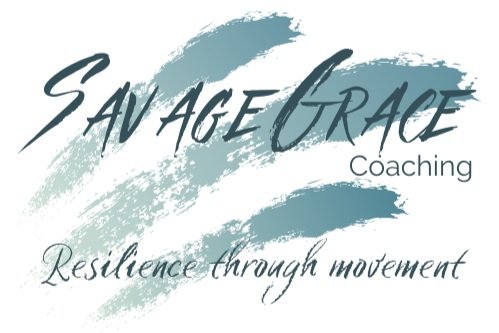
Welcome to The Work IN!
Somatics: The secret neuroscience of Yoga
Somatics IS the secret neuroscience of yoga and all exercise. As Fit pro’s, students and fitness enthusiasts we’re using some pieces of somatic therapy every time we move even if we don’t know it. Today on the Work IN we are going into the dark cave of the brain to shine a light on what makes certain kinds of movement somatic and how we can use that magic to build resilience, support mobility, strength and balance and improve mental health for ourselves and our clients.
Smart bodies smart kids
Trauma informed yoga builds smart bodies and smart kids. Science is telling us that our interoception, our somatosensory sixth sense, is important in being able to focus, learn and recover from all forms of stress. Children who are chronically scared, hungry, tired and neglected will find ways to adapt to those feelings and not in ways that are conducive to learning. The body has an innate intelligence that our current education system ignores in favor of sitting still and staying on task. But if we can harness the developmental connections of movement, memory and emotion we can help our kids calm their nervous system in order to feel safe no matter where they are. And strong, emotionally resilient children grow up to be strong emotionally resilient adults. That’s our Work IN today.
Trauma informed: What is it and why you should be
Trauma informed. It sounds good but that term isn’t well understood by the general public and has been diluted by the wellness community by click bait, quick buck certifications. There’s an assumption that because yoga is often recommended for ptsd, chronic pain, anxiety and depression that any and all yoga is trauma informed and that is simply not true. Today on The Work IN we’re taking a look at what being trauma informed means, what it looks like in yoga classes and why it’s something that all fit pros should understand. Today's discussion is going to focus on yoga but it applies across the fitness industry to all formats.
Instructor injury and teaching off the mat
No matter how strong, fit or healthy we all get injuries from time to time. It’s petrifying for fit pros because so many of us are contractors so no work no pay. I don’t know any instructor who hasn’t had to deal with an injury from time to time. Sometimes you have to take time off. But you can take less time off if you know how to teach off the mat. Today on the work IN we’re talking about how to navigate recovery and maybe up our instructor skills along the way.
Decoding trauma science for fit pro’s
In the trauma-informed space where movement, mental health and western medicine overlap, there is an expectation that as a wellness professional we are up to date on the latest science and most effective ways to help people optimize their health. There’s an assumption in the US that we have proof of efficacy for all of our favorite mind body modalities through double blind controlled studies. The truth is the space between eastern and western medicine is filled with hope and unanswered questions. Today on the work IN we’re discussing some of the difficulties with getting hard science when it comes to mind body modalities and what we do with answers that aren’t what we hope for.
Emotional Dysregulation 101
When a child is emotionally dysregulated we call it a temper tantrum, a phase and these days “big feelings”. When an adult is emotionally dysregulated we call it mental illness. What is it that happens or doesn’t happen between childhood and adulthood that paves the way for the long list of disorders now associated with emotional dysregulation and what can we do differently? That’s the topic for today’s Work IN.






